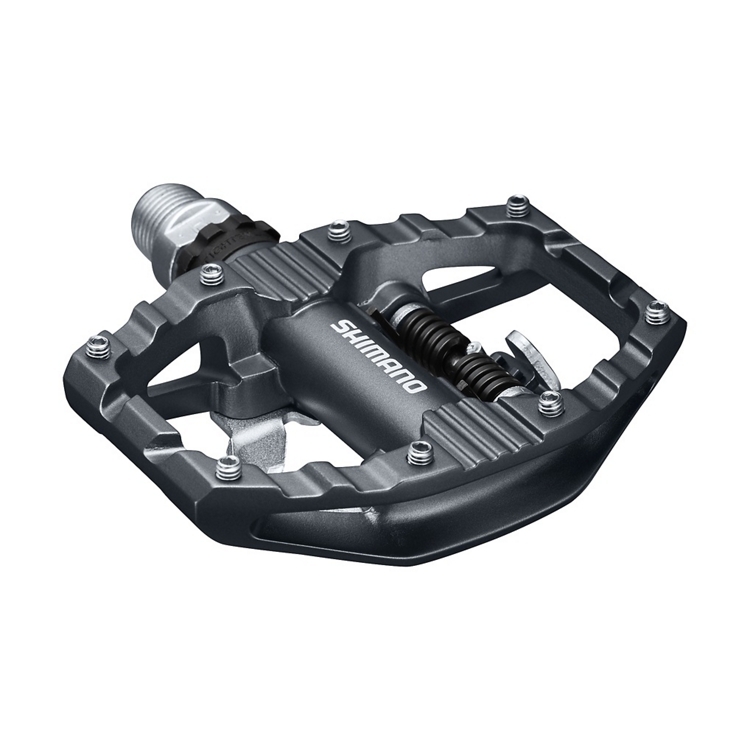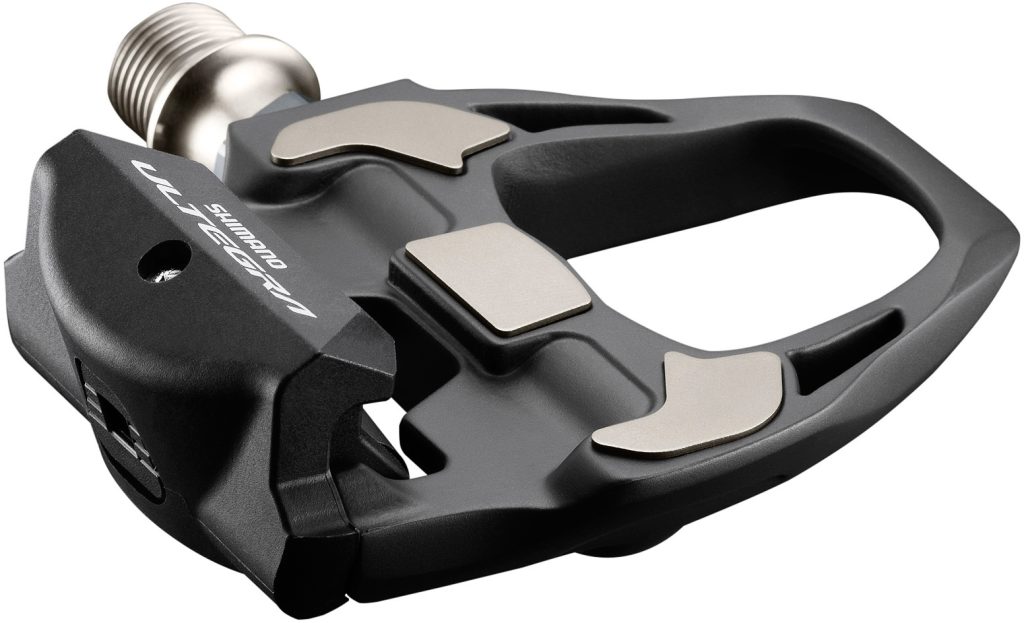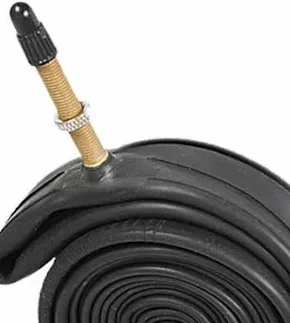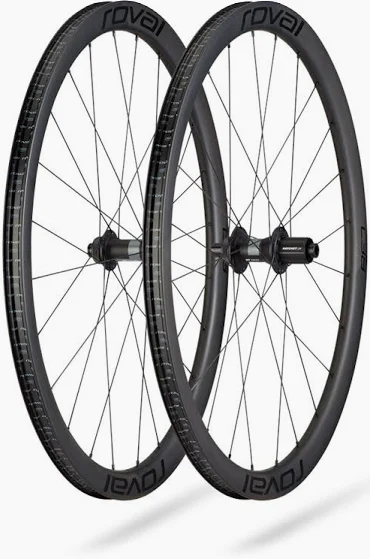Have you ever wondered what SPD pedals are and how they can enhance your cycling experience? Well, wonder no more! In this article, we will explore the world of SPD pedals and unravel the mystery behind their functionality and benefits. Whether you are a novice cyclist or a seasoned pro, understanding the purpose and advantages of these innovative pedals will undoubtedly pique your interest and elevate your riding skills to new heights. So, fasten your helmet and get ready to embark on an exciting journey into the realm of SPD pedals!
Table of Contents
ToggleWhat Are SPD Pedals?
Overview of SPD Pedals
SPD pedals, also known as Shimano Pedaling Dynamics, are a type of clipless pedal system widely used in cycling. They were developed by Shimano, a renowned bicycle components manufacturer, and have gained popularity among both road cyclists and mountain bikers. The main function of SPD pedals is to provide a secure connection between the cyclist’s cycling shoes and the bike, allowing for efficient transfer of power and enhanced control while riding. Unlike traditional pedals, which rely on toe clips and straps to secure the rider’s feet, SPD pedals use a cleat mechanism that attaches directly to the sole of compatible cycling shoes.
How do SPD Pedals Work?
SPD pedals utilize a two-part system consisting of a pedal and a cleat. The pedal incorporates a small metal or plastic mechanism that opens to receive the cleat and closes securely around it. The cleat, which is attached to the cycling shoe, features two bolts and corresponding holes that align with the pedal mechanism. To engage with SPD pedals, simply position the cleat over the pedal and push down firmly, allowing the mechanism to lock the cleat in place. To disengage, a simple twist of the heel or foot will release the cleat from the mechanism and allow the rider to remove their foot from the pedal. This simple and intuitive operation makes SPD pedals a popular choice among cyclists of all levels.
Key Components of SPD Pedals
SPD pedals consist of several key components that contribute to their overall functionality and performance. The pedal body, usually made of durable and lightweight materials such as aluminum or carbon fiber, provides a stable platform for the foot and houses the cleat engagement mechanism. The cleat itself, made of high-strength metal or plastic, attaches to the sole of compatible cycling shoes and interacts with the pedal to ensure a secure connection. Additionally, SPD pedals often feature an adjustable tension mechanism, allowing riders to customize the engagement and release settings according to their personal preferences and riding style. This adjustability is particularly valuable for novice riders who may need a looser setting for ease of entry and exit, as well as experienced riders looking for a firm and secure connection.
Different Types of SPD Pedals
Shimano offers a variety of SPD pedals to suit different cycling disciplines and rider preferences. One of the most popular types is the single-sided SPD pedal, which features a cleat mechanism on one side and a flat platform on the other. This design provides versatility, allowing riders to use either their cycling shoes or regular shoes depending on the situation. For those who prioritize weight-saving and maximum power transfer, Shimano also offers double-sided SPD pedals. These pedals incorporate the cleat mechanism on both sides, ensuring easy engagement no matter how the pedal is positioned. Additionally, SPD pedals are available in various platforms and sizes, catering to different foot sizes and riding styles.
Benefits of Using SPD Pedals
The use of SPD pedals offers several benefits for cyclists of all levels and disciplines. Firstly, the secure connection provided by SPD pedals ensures that the rider’s feet remain firmly in place on the bike, even during intense pedaling or bumpy off-road terrain. This enhanced stability translates to an improved power transfer, allowing more efficient use of energy and ultimately leading to increased speed and performance. Additionally, with SPD pedals, riders can take advantage of the ability to pull up on the upstroke, engaging more muscles and distributing the workload more evenly. This can result in reduced fatigue and better endurance, especially during long rides or challenging climbs. Another notable benefit of SPD pedals is the increased control and maneuverability they provide. By being securely attached to the bike, cyclists can confidently navigate tight corners, make quick adjustments, and maintain a balanced position on the pedals, ultimately enhancing their overall riding experience.
Considerations for Choosing SPD Pedals
When choosing SPD pedals, there are a few important considerations to keep in mind. Firstly, it is crucial to ensure compatibility between the pedals and cycling shoes. While most SPD pedals are designed to work with any two-bolt cleat system, it is recommended to check the manufacturer’s specifications to make sure they align. Additionally, consider your cycling discipline and riding style. If you primarily ride on roads or prefer a versatile pedal, single-sided SPD pedals may be a suitable choice. On the other hand, if you prioritize performance and efficiency, opting for double-sided SPD pedals can offer maximum engagement and power transfer. Finally, take into account your experience level and comfort. Beginners may benefit from pedals with an adjustable tension mechanism that allows for easy engagement and disengagement. Ultimately, the choice of SPD pedals should align with your specific needs, preferences, and future cycling aspirations.
Installation and Maintenance of SPD Pedals
Installing SPD pedals is a straightforward process that can be done at home with a few basic tools. Begin by removing your current pedals using a pedal wrench, ensuring to unscrew them in the correct direction (right pedal clockwise, left pedal counterclockwise). Once the old pedals are removed, simply thread the SPD pedals onto the crank arms, ensuring they are tightened securely. It is important to use the appropriate torque setting to avoid over-tightening or damaging the components. To maintain optimal performance, periodically check the pedal’s tension and cleat for any signs of wear or damage. Lubricating the cleat engagement mechanism with a suitable grease or oil can also prolong its longevity and ensure smooth operation.
Compatibility with Cycling Shoes
SPD pedals are designed to be compatible with a wide range of cycling shoes that incorporate a two-bolt cleat system. However, it is crucial to ensure that your cycling shoes are compatible with SPD pedals before making a purchase. Most cycling shoe manufacturers specify the type of cleat system the shoe is compatible with, allowing you to confidently select the suitable SPD pedals without any compatibility issues. It is also worth considering the sole stiffness and fit of the cycling shoe, as these factors can affect the overall comfort and efficiency of the pedaling motion.
Popular Brands of SPD Pedals
While Shimano is the pioneering brand behind SPD pedals, there are several other reputable brands in the market that offer their own variations and innovations. Some notable brands include Look, Time, and Crankbrothers. Each brand brings its unique design, features, and performance characteristics to the table, catering to the varying needs and preferences of cyclists worldwide. It is advisable to research and explore the different brands, read reviews, and, if possible, test out the pedals before making a final decision. Ultimately, the popularity and reliability of Shimano’s SPD pedals make them the go-to choice for many cyclists, but it is important to consider all available options to find the best fit for your individual requirements.
Conclusion
SPD pedals have revolutionized the cycling experience by providing a secure and efficient connection between the cyclist’s shoes and the bike. With their simple yet effective cleat mechanism, these clipless pedals offer enhanced power transfer, stability, and control, benefiting riders of all levels and disciplines. Choosing the right SPD pedals involves considering factors such as compatibility with cycling shoes, riding style, and personal preferences. Regular maintenance and proper installation ensure optimum performance and longevity of the pedals. With a wide range of SPD pedals available from Shimano and other reputable brands, cyclists have plenty of options to meet their specific needs and elevate their cycling experience to new heights. So, whether you’re a road cyclist or a mountain biker, investing in a quality pair of SPD pedals can significantly enhance your riding performance and enjoyment.








